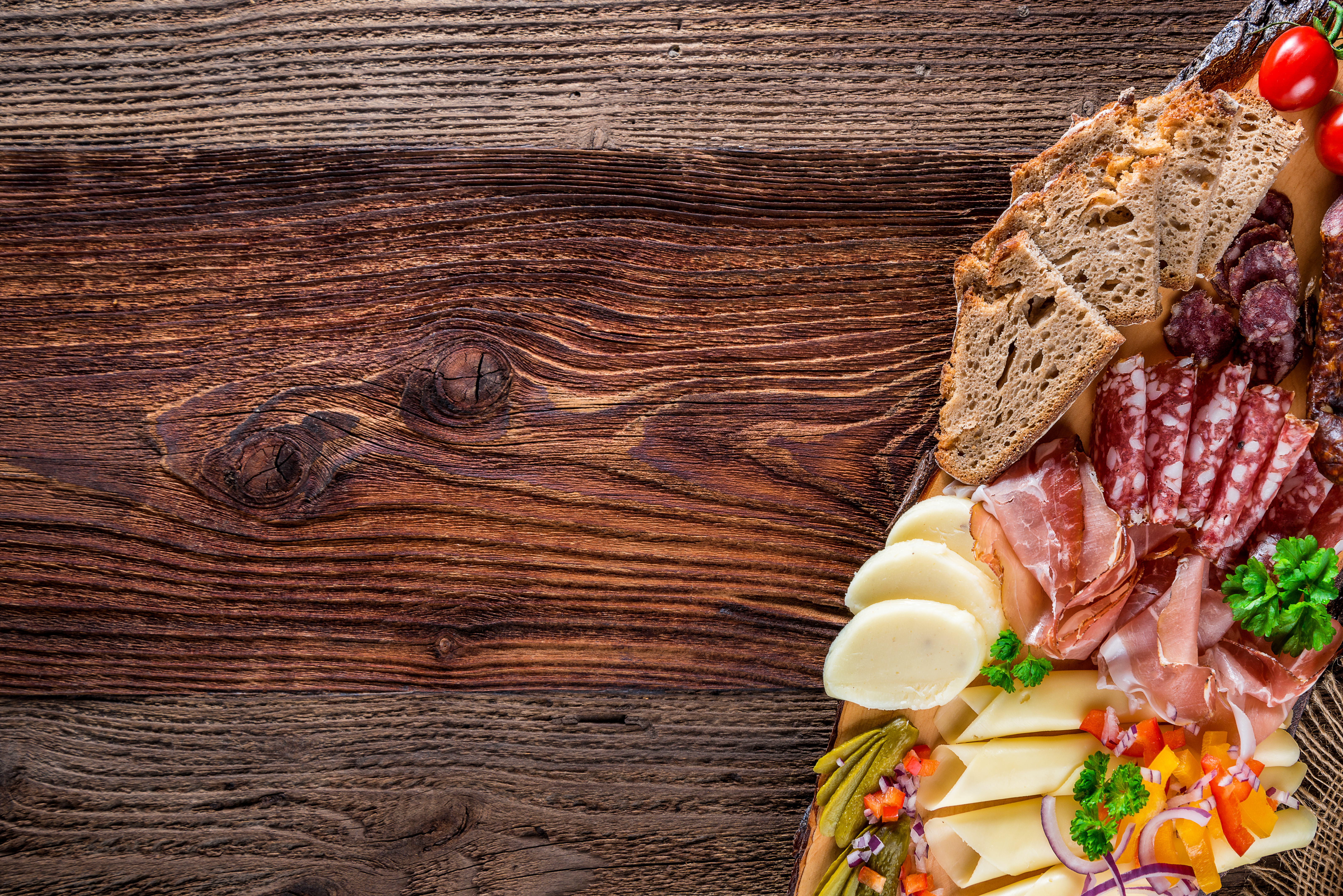The Rise of Specialty Foods

Specialty foods have now become a 140 billion dollar industry as sales rose 12.9 percent from 2015-2017. Through that exact same time span all other food categories only rose 1.4%. In the last 6 years alone the specialty foods industry has grown 52 billion dollars (59%) and recent trends show no sign of it slowing down. So what is causing such a huge rise in popularity for specialty foods and what does it mean for consumers and the companies producing them?
Consumers are becoming increasingly concerned with where their food comes from, what it is made of, how it impacts their health, and how it affects the environment as opposed to just buying based on price and convenience. It is not just limited to one portion of the population or just one segment of the industry as Phil Kafarikas, President of the Specialty Foods Association explains “Consumers of all ages are embracing specialty foods and making purchases everywhere they happen to be – from convenience stores to big-box retailers to online, as well as in traditional gourmet shops and groceries.”
Even a product as seemingly simple and basic as water can see meteoric growth. From 2015-2017 water saw the largest growth among any product category in specialty foods. There are now limitless options for carbonated water, flavored water and both to provide a healthy alternative to more sugary drinks such as soda.
Specialty food categories with the highest dollar growth between 2015 and 2017.
1. Water: +76.1 percent
2. Rice Cakes: +64.1 percent
3. Refrigerated RTD Tea and Coffee +63.2 percent
4. Jerky and Meat Snacks: +62.1 percent
5. Shelf-Stable Creams and Creamers +61.7 percent
Consumer’s tastes are impacting what is on the shelves like never before, as soon as one company has success with a specialty food, there are many others that copy it. It was not long ago there were limited choices that actually tasted good for vegetarians or people who wanted gluten free, low sugar, high protein, and/or high fiber in their products. As consumers have increased buying these products the options available to them have increased as well. This means that specialty foods can no longer stand out with “better for you” claims jam packed on a label or package, they must also have great taste to survive.
